12 Stunning Flowering Trees Perfect for Warm Climates
Finding flowering trees that thrive in hot climates can transform a garden, bringing shade, color, and resilience to landscapes where temperatures are high.
These 12 flowering trees are ideal for warm-weather gardens, known for their ability to withstand the heat while producing beautiful blooms.
From vibrant reds to gentle pastels, these trees offer a variety of colors and textures to enhance any sun-filled space.
Explore these flowering trees to find the perfect additions for your hot-climate garden.
Redbud
Redbud trees bring striking color to landscapes, especially in early spring when clusters of purple-pink flowers cover their branches. Growing well in zones 4 through 9, this tree reaches around 30 feet in height and prefers partial to full sun.
Redbuds also attract pollinators, enhancing the biodiversity of any garden.
American Holly
American Holly is a stately evergreen that reaches up to 50 feet and thrives in zones 5 through 9. Known for its glossy leaves and striking red berries in winter, this tree adds year-round interest to any yard.
American Holly is also a favorite among birds, bringing lively wildlife activity close to home.
Flowering Dogwood
Flowering Dogwood stands out with its beautiful white or pink blooms, signaling the arrival of spring. Thriving in zones 3 through 8, it prefers partial sun and well-drained soil.
This tree’s vibrant flowers make it a focal point in any garden, while its berries support birds and other wildlife.
Southern Magnolia
Southern Magnolia is a timeless beauty, known for its glossy leaves and large, fragrant white flowers. This tree grows impressively tall, reaching 60 to 80 feet in zones 6 through 10, especially in southern climates.
Magnolia flowers add elegance to gardens while supporting local pollinators in spring and summer.
Horse Chestnut
Horse Chestnut draws attention with its tall, colorful flower spikes in mid-spring. Flourishing in full sunlight and suited for zones 3 through 8, it brings both shade and visual appeal to spacious yards.
Its unique blooms attract bees, making it a beneficial addition to pollinator-friendly landscapes.
Mimosa
Mimosa trees are instantly recognizable for their fluffy, pink flowers and feathery foliage. Thriving in zones 6 through 10, Mimosas bring an exotic look to gardens and attract pollinators.
Due to their potential invasiveness in some areas, thoughtful placement ensures their beauty doesn’t disrupt local ecosystems.
Citrus Trees
Citrus Trees bring both beauty and functionality, producing fragrant blossoms and edible fruit in warm climates. Most citrus varieties grow well in zones 9 to 11, where they benefit from ample sunlight.
These trees enrich gardens with fresh scents, colorful fruits, and pollinator-friendly blooms, making them a valuable addition.
Firecracker Plant
Firecracker Plant brings unique flair to gardens with its striking red blooms that cascade in clusters. Ideal for zones 10 and up, this plant creates an exotic display of vibrant flowers throughout the growing season.
Its shape and color make it an eye-catching addition for tropical-themed landscapes.
Chitalpa
Chitalpa offers large, hibiscus-like flowers with striking dark green foliage, creating a tropical feel in zones 6 through 9. The tree grows quickly, making it an excellent choice for adding shade and a touch of color.
With minimal maintenance needs, Chitalpa brings beauty and ease to any garden.
Sourwood
Sourwood trees stand out with bell-shaped flowers that hang gracefully in clusters. Growing up to 30 feet in zones 5 through 9, this tree is attractive to bees and is known for its unique honey.
Its leaves, often used in teas, add another layer of charm and functionality to the landscape.
Prairifire Flowering Crabapple
Prairifire Flowering Crabapple is a multi-season delight with pink or red blooms in spring, green foliage in summer, and golden tones in fall. Suited to zones 3 through 8, this tree adds seasonal interest to gardens and also attracts birds with its small, red fruits.
Its adaptability and beauty make it a landscape favorite.
Crape Myrtle
Crape Myrtle thrives in warm climates, producing vivid blossoms in pink, white, or purple. This tree performs well in zones 6 through 10, tolerating both heat and humidity, with moderate drought resilience.
Its long-lasting blooms add color throughout summer, making it a favorite choice for southern gardens.

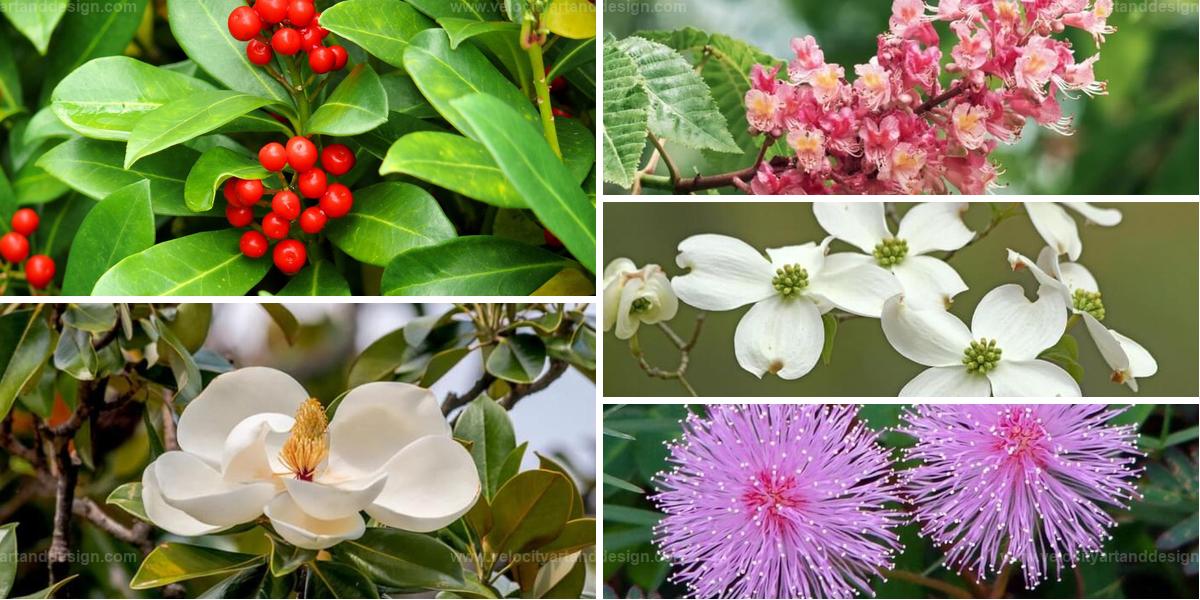
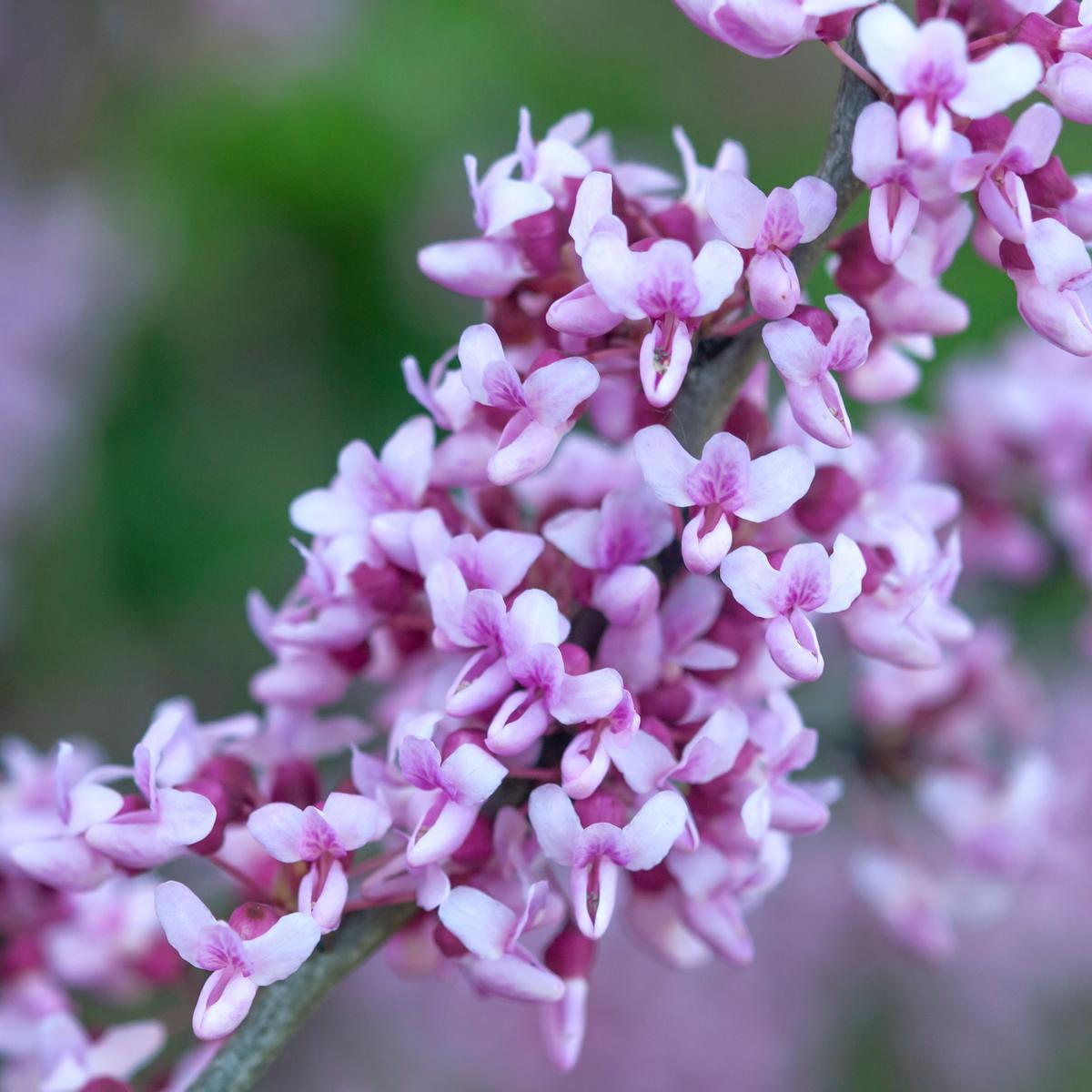
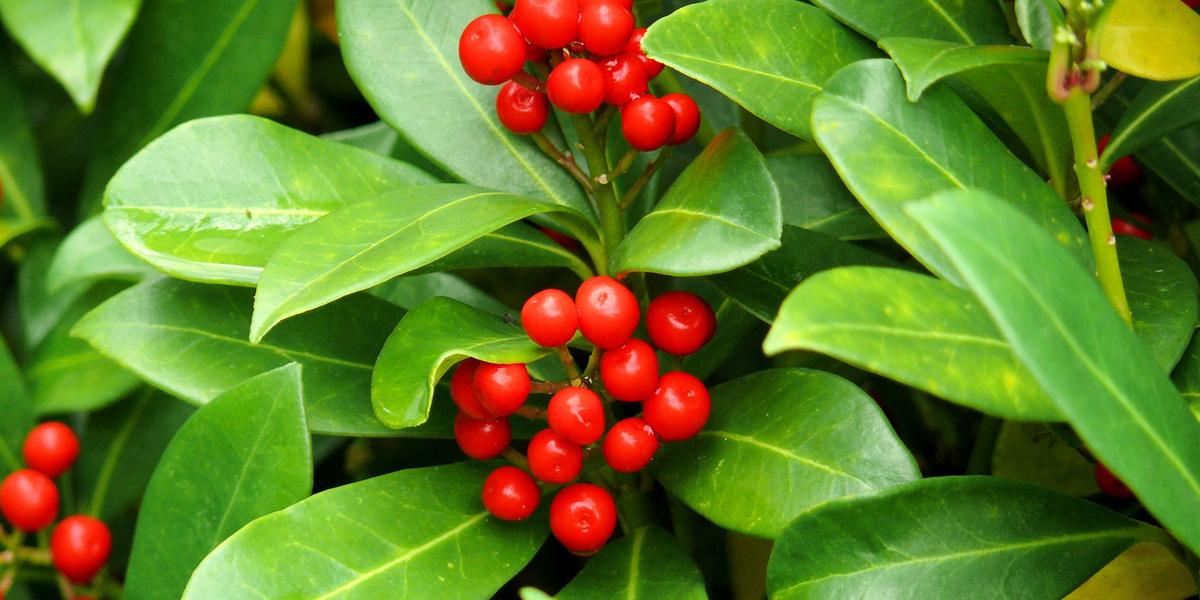
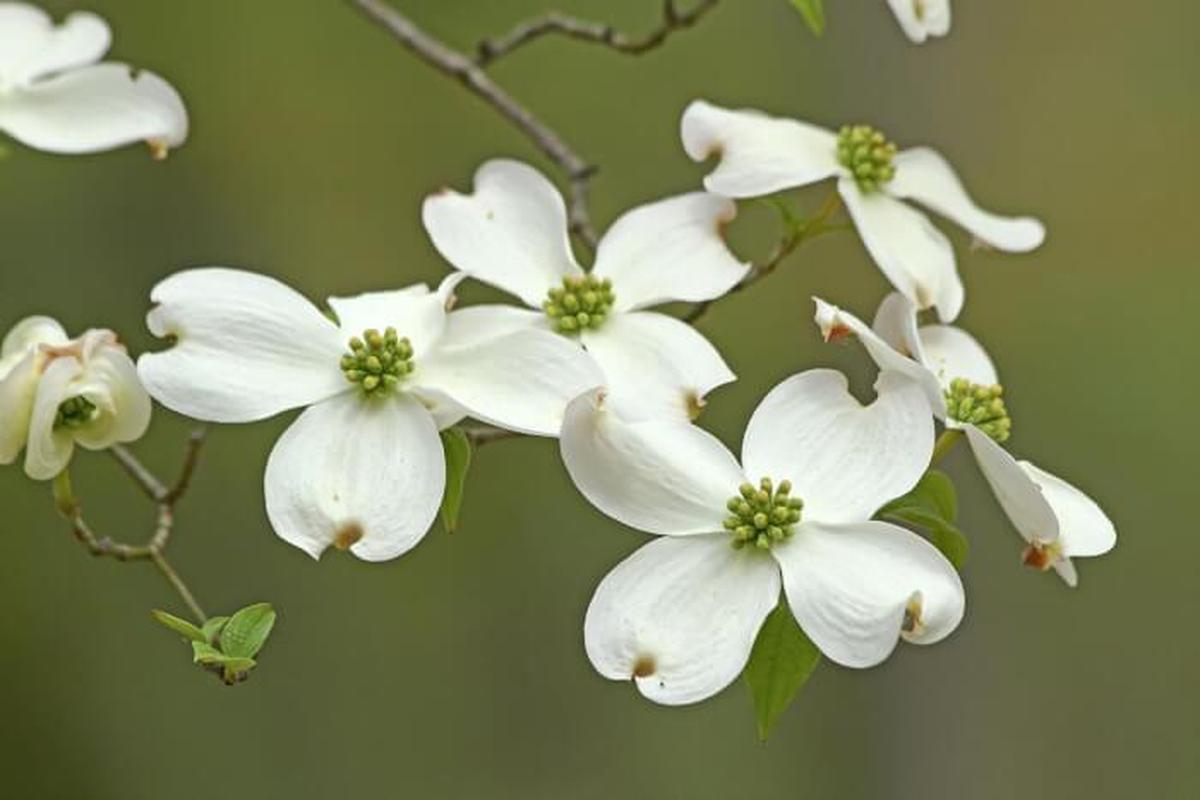
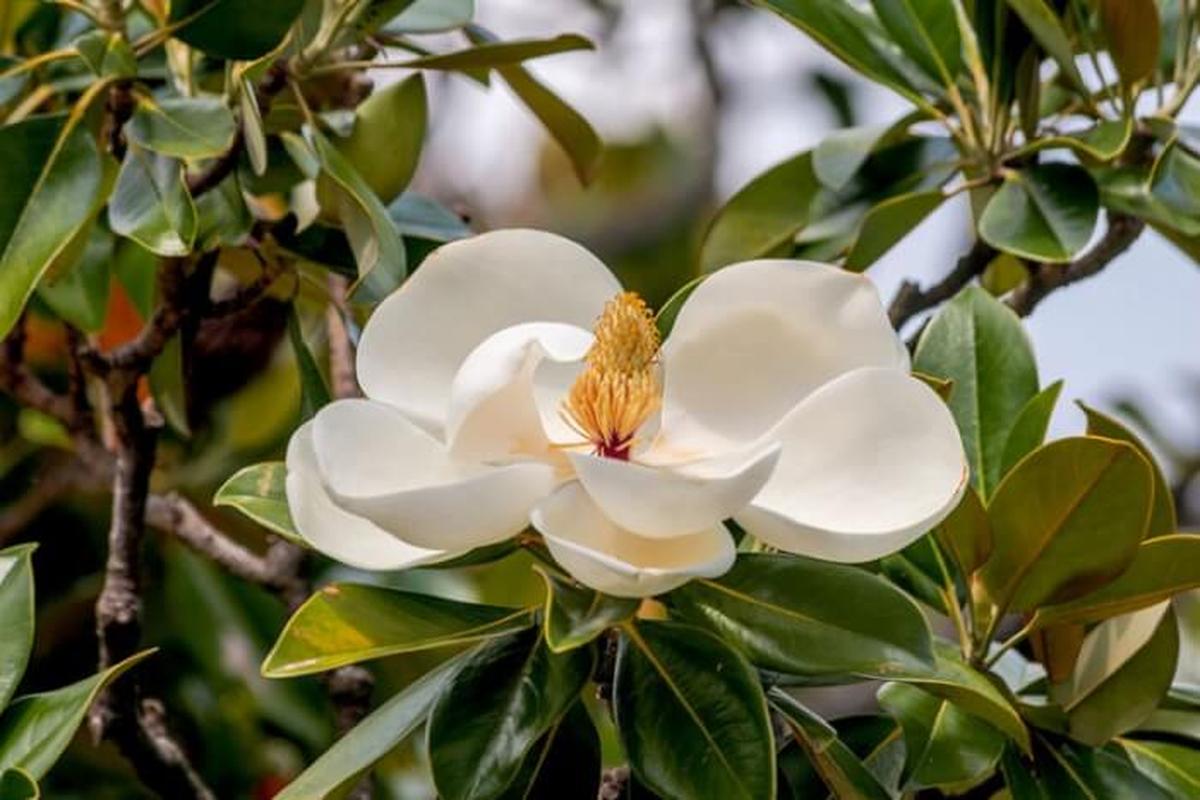
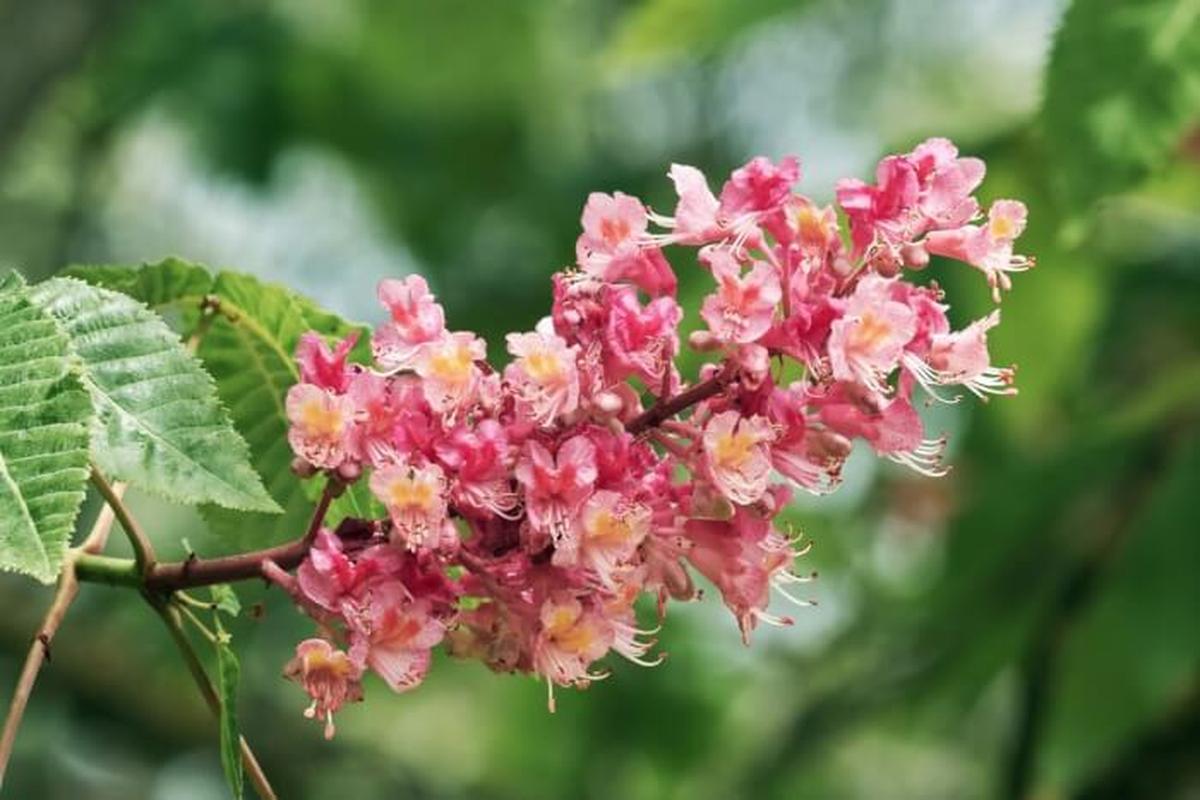
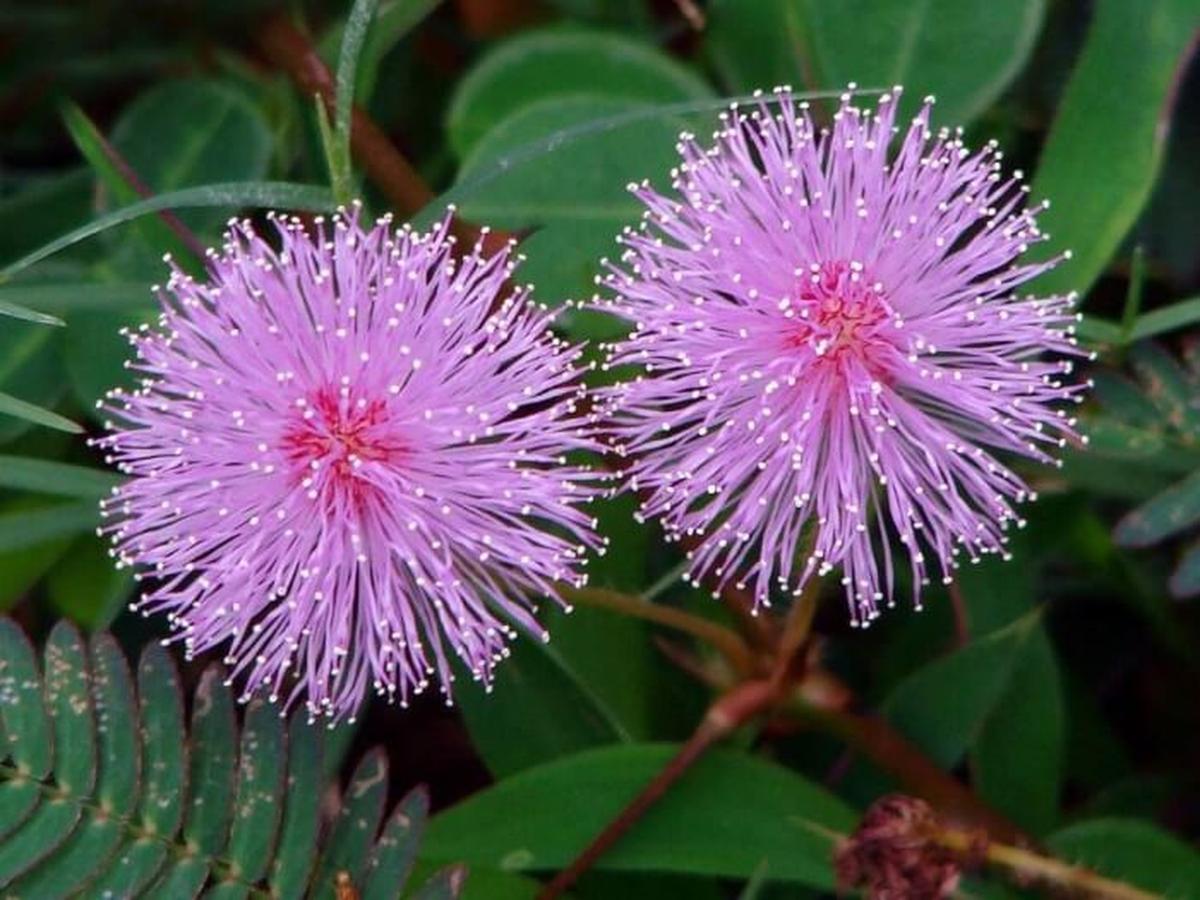
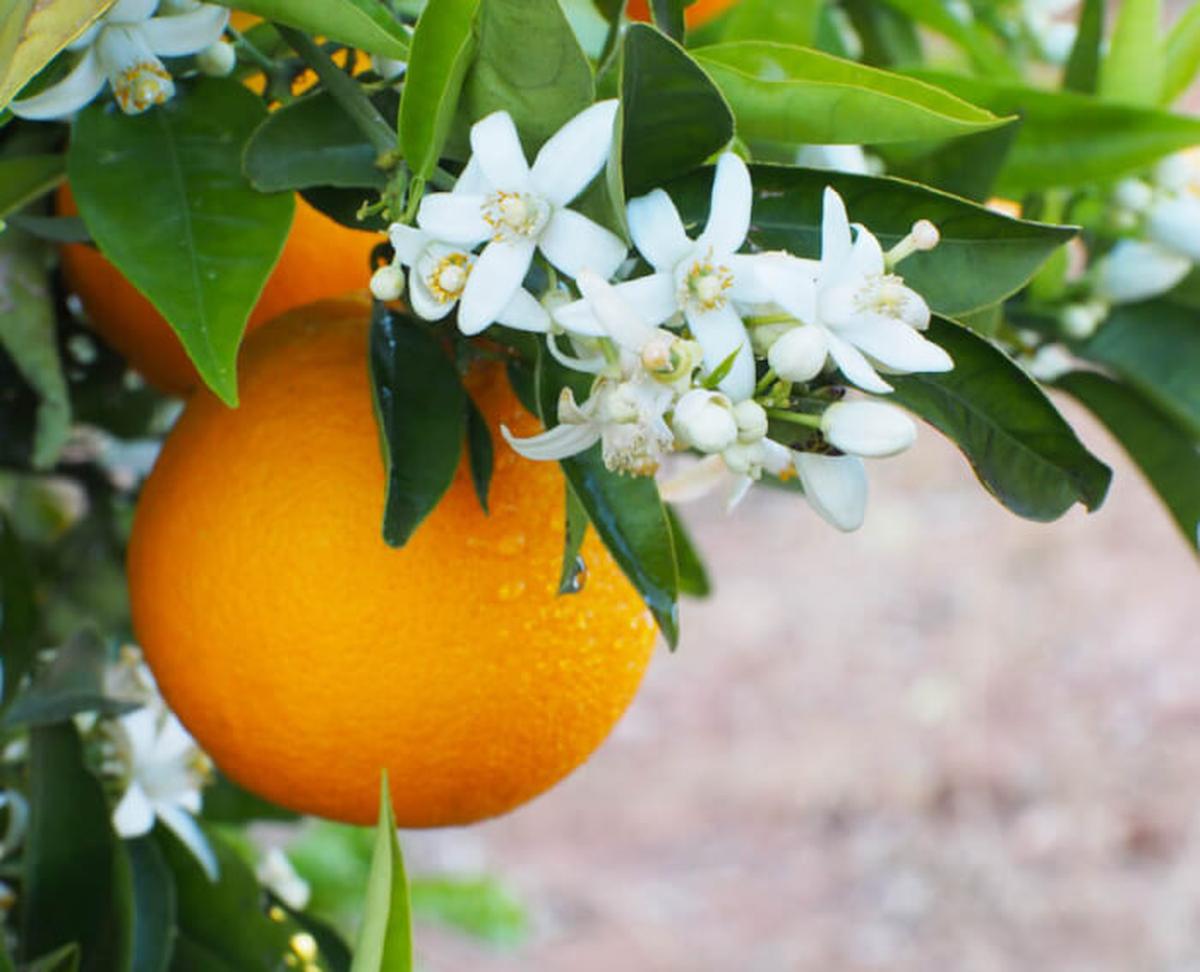
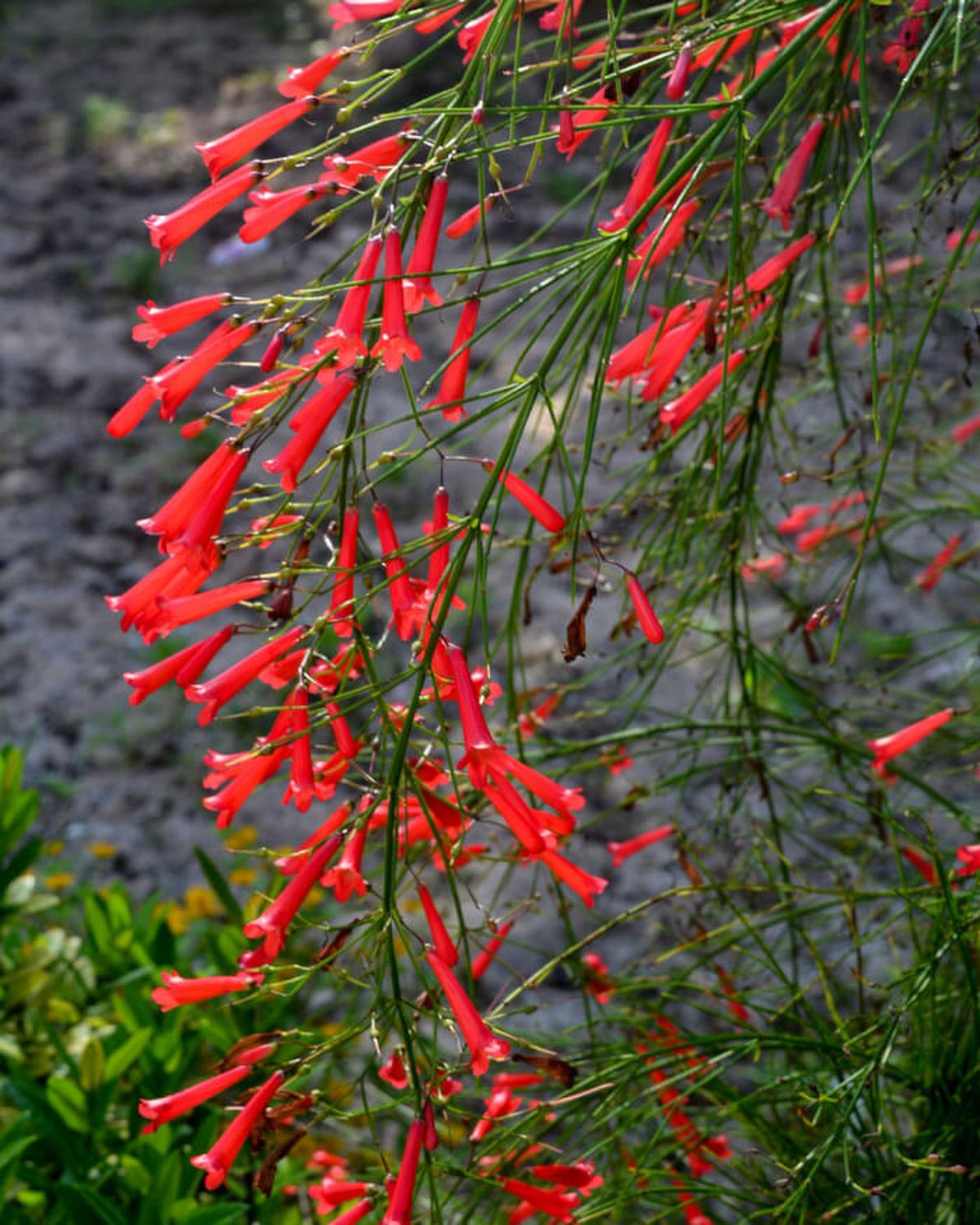
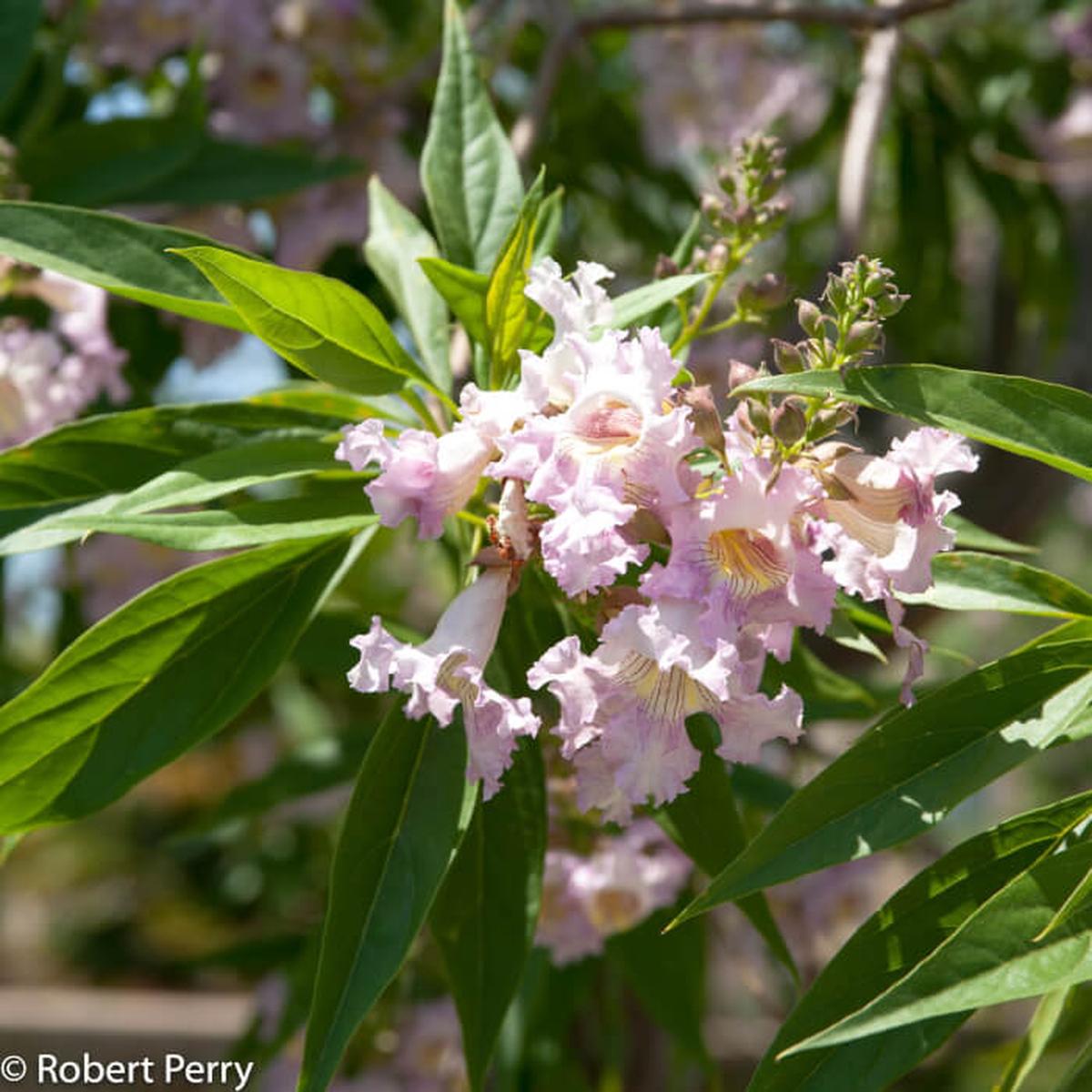
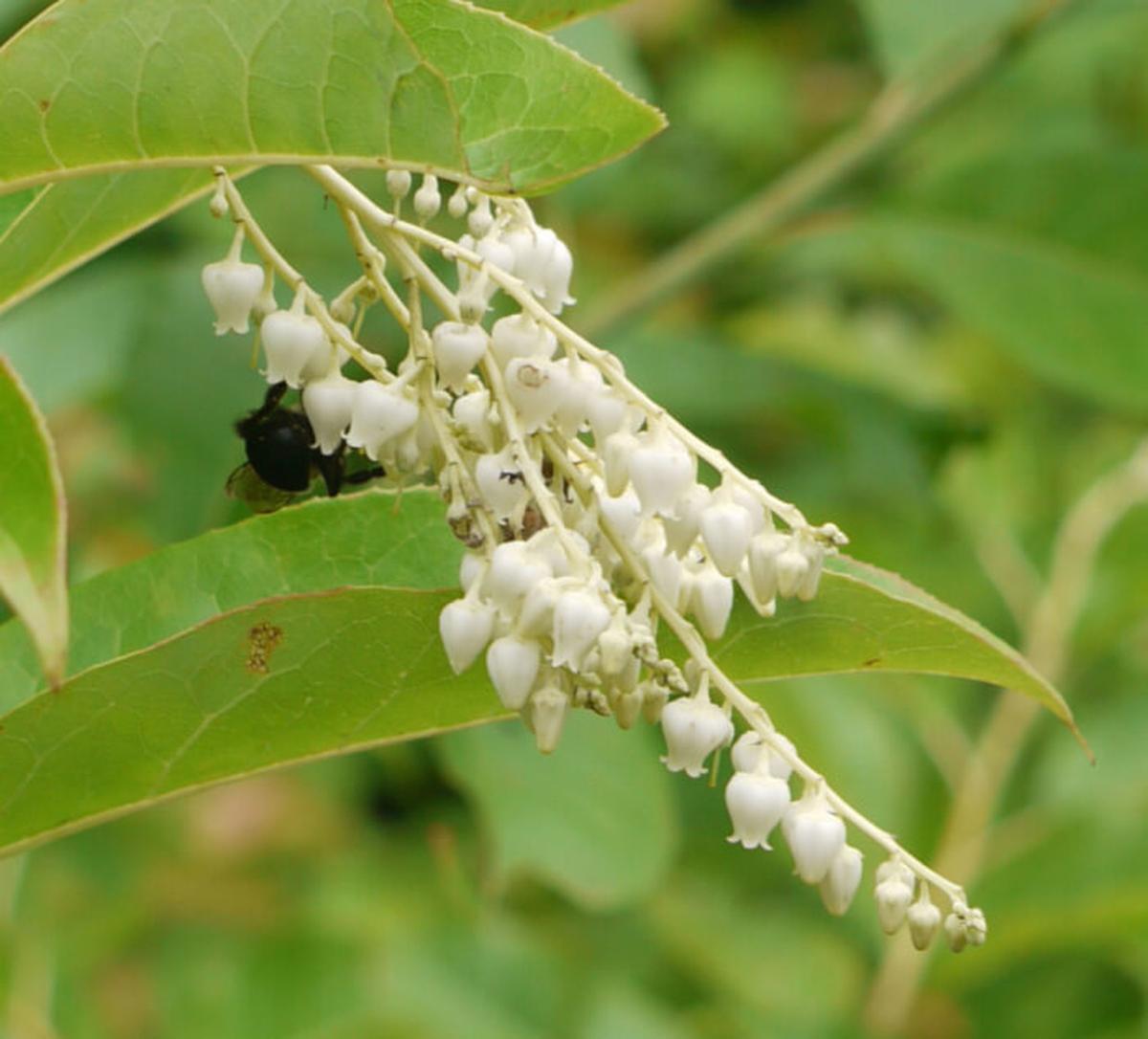
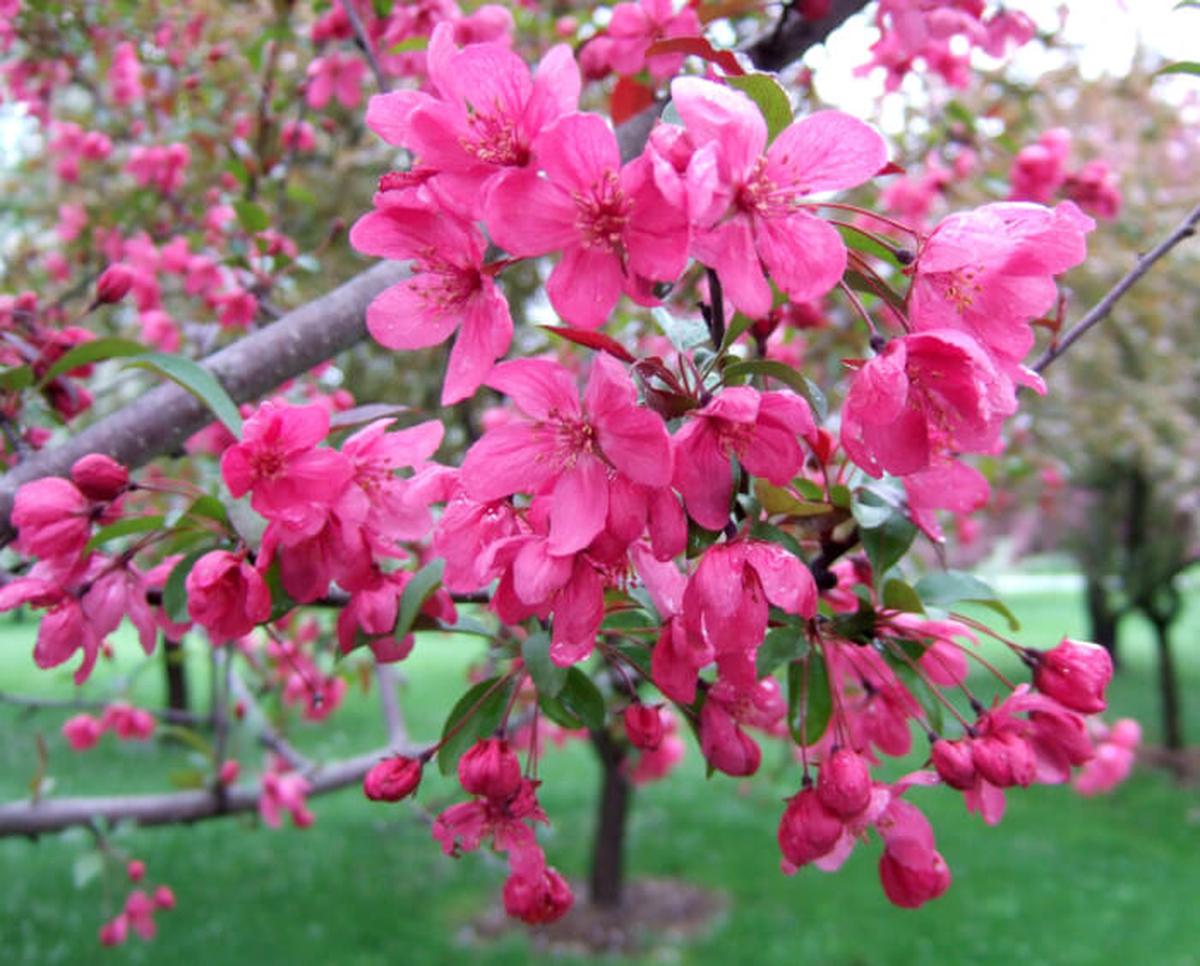
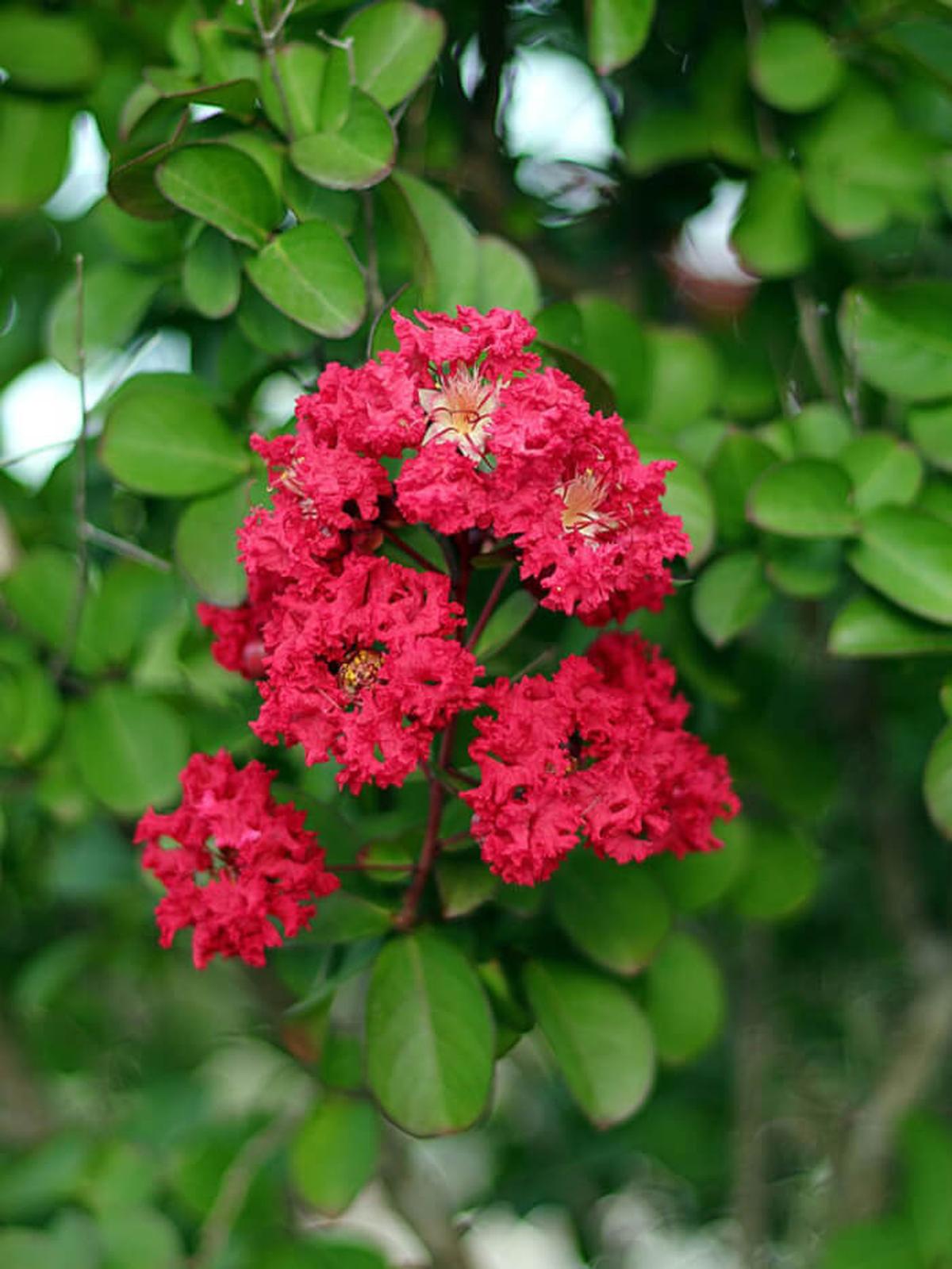
James Turner
Founder & Lead Designer
Expertise
Interior Design, Sustainable Design Practices, Spatial Planning, Innovative Material Applications, Contemporary Art Techniques, Visual Communication, Multimedia Artistry, DIY Design and Home Projects, Eco-Friendly Living Spaces, Creative Solutions
Education
University of Cincinnati College of Design, Architecture, Art, and Planning (DAAP)
Columbus College of Art & Design (CCAD), Columbus, OH
James Turner is the founder and lead designer at Velocity Art and Design. He studied Interior Design at the University of Cincinnati, focusing on eco-friendly design and smart use of space.
Later, he expanded his artistic skills with a Fine Arts Certificate from the Columbus College of Art & Design, where he learned about modern art and visual storytelling.
With over 10 years in design, James is passionate about making spaces that are both beautiful and practical. He shares his DIY tips and creative ideas to inspire others to explore their own creativity and transform their living spaces.